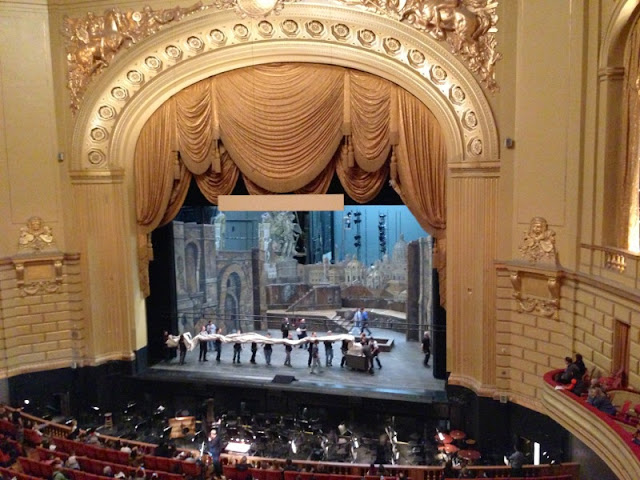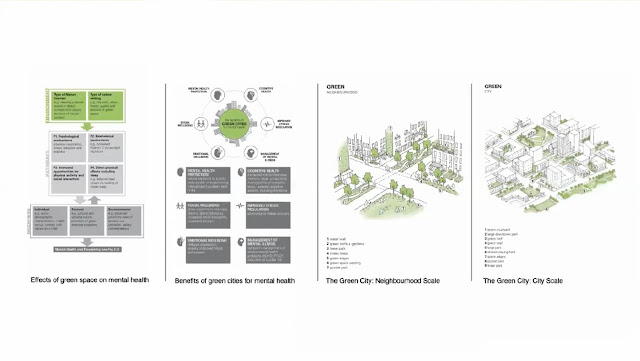Ambulance Service Simulated training research group
I was kindly invited to attend the first meet up for the Ambulance Service training research group. I introduced myself as working within the technology enhanced learning team for the Leicestershire partnership NHS trust. I explained that although I was not part of the service I had a research interest in virtual reality training development and that I was trained in Unity Game Engine.
I explained that I was really there to listen to the discourse as I have written a research proposal entitled Shepherd’s Shield. This project focused on designing VR for learners safeguarding… to provide safe learning environment to all users.
I said that, it was my understanding that there is a duty of care to provide a safe learning environment and that there doesn’t seem to be any clear safeguarding design principles when it comes to VR.
I continued to explain that I hoped to better understand what provision we make to protect learners when using VR, specifically when the training experience could be potentially traumatic.
I felt very grateful to the group for allowing me to sit in, given my outsider status. During the session, I learned about what is referred to as ‘Human Factors’. The group also referred to the Diamond debrief model in which learners have time to talk about experience and discuss any arising emotional responses. It was also mentioned that it can be difficult to get learners to fully engage as they are initially concerned about being assessed.
Two things struck me. The first was that a debrief after the ‘trauma’ experience is extremely essential but I have not yet come across a VR experience that includes a debrief (that is not to say that one doesn’t exist but I haven’t found it). I did think that my focus is not so much on debriefing after the event, but in safeguarding during the event. The second thing that occurred to me was that VR has it’s value in terms of learners feeling less inhibited maybe.
To continue to think about the trauma experience while in the VR application; I am reminded about another research group in which an immersive dental experience recreated a patient encountering a dental drill. This experience cut off learners exit… there was no exit button included in the design. I feel that this should be the very basics of provided the learner with full control of their experience other than removing the headset. From my MA environment modelling Unity development, I know that there are naturalised safety behaviours (I will go into detail on my proposal) but this doesn’t seem to be at the forefront of the VR design process. These are likely to be differences when it comes to male and female responses.
There is a disproportionate number of male developers to female developer in the field of VR and I think that this is important to note. Women have a different perspective on personal safety given the physical power imbalance and are self-protective in environments that males don’t consider to be unsafe. There are many things that a women considers when faced with a traumatic situation that would not maybe be considered by a man (I will detail these in my proposal). This is important… we need to support all workers in a way that benefits everyone. Designing for women would be beneficial to all sexes. Incidentally, women hold more positions than men with NHS, so this bares serious consideration.
I would therefore be looking to take this proposal to a key female theoretician working in the field of immersive development - this tricky given the dominance of male developers and theoreticians in the field but not impossible. The women in tech group could maybe assist in this search.
I also wanted to talk about Vicarious Trauma (secondary trauma) (VT) and also this link. VT is experienced by healthcare/service professionals who continually encounter traumatic scenes in their everyday practice. I was curious to see how learners are protected from VT early in their careers including while studying at University. I understand from speaking with the group that this is carefully managed by the University in the course of their studies. Students also complete work placements where they are mentored by more experienced workers.
There are many aims for the project but a few of the drivers could be to investigate ways in which VR can be designed to provide a safe learner environment, protect against Vicarious trauma while also providing a valuable learning experience while providing a measured exposure to trauma. This could help in building emotional resilience, giving valuable tools and experience without public risk. This could help protect, support and train professional service workers - keeping them emotionally safe, strong and importantly stay within the service. There is also a higher than average risk of service workers Suicide within the first responder group indicating a high value of fixing this issue, saving and improving service workers lives.
Although I am closely connected to the service, I am very much aware that I am an outsider in regards to the experience of first responders. I can however make immersive experiences. I have been in this area of research since 2007. I am committed to protect vulnerable users, having had my own experience of trauma. I believe in the project and that given the right design principles, VR could be deployed to safely expose early career first responders to traumatic experiences while minimising the risk of VT. VR could give essential experience to learners in a way that only really come close to experiencing while in the job… but before they are patient facing.
The next step is to refine the proposal and underpin it with literature from the current discourse. The project could also benefit from writing a full list of current VR healthcare apps that simulate traumatic experiences or support PTSD counselling etc.

